Eddy Current Machine Thingy

To demonstrate the effects of the third Maxwell equation, also known as Faraday's law, we built a simple and easy to use setup. It consists of a aluminium disk that can rotate and a small wheel with magnets that can rotate freely. The wheel with magnets is placed close to the disk (without touching it) and when the disk is rotated at a high speed, the wheel with magnets will also start rotating. Now one might underestimate the physics that is doing it's work here: since aluminium is not ferromagnetic, how can the magnets be affected by it?
This is where the Maxwell-Faraday equation comes in. It states that the rotation of the electric field is equal to the (negative) change of the magnetic field. Since the disk rotates, the magnetic field on it's surface is constantly changing, which creates an electric field. Because aluminium is a conductor, the electric field creates a current that flows in loops around the places where the magnetic field changes the most. These currents are called Eddy Currents. Because this current flows in loops, a magnetic field is generated that opposes the magnetic fields of the magnets. This causes the wheel with magnets to spin.
Supplies
The supplies needed to build this demonstration setup are listed below. Our goal was to keep the total cost under 60 euros.
- 1x Ball bearing 6205
- 2x KP08 Ball bearing
- 1x Aluminium sheet 35x35cm with a thickness of 5mm.
- 8x Neodymium Magnets Ø12 mm x 5mm
- 1x 3D-printed wheel mount
- 1x 3D-printed crank
- Aluminium 2020 extrusion (4x 40cm 2x 20cm)
- 8x 2020 Aluminium corner bracket
- 8x M8 Nut
- 1x M8 Axle (20cm)
- A large neodymium magnet (Optional: can be used for demonstration purposes)
Build the Frame


Lay out 2x 40cm extrusions and 2x 20cm extrusion in an H shape and attach them with a corner bracket with M6 screws in each corner. Now attach 2 more 40cm extrusions perpendicular the the base frame with two corner brackets on each extrusion.
Cut the Disk
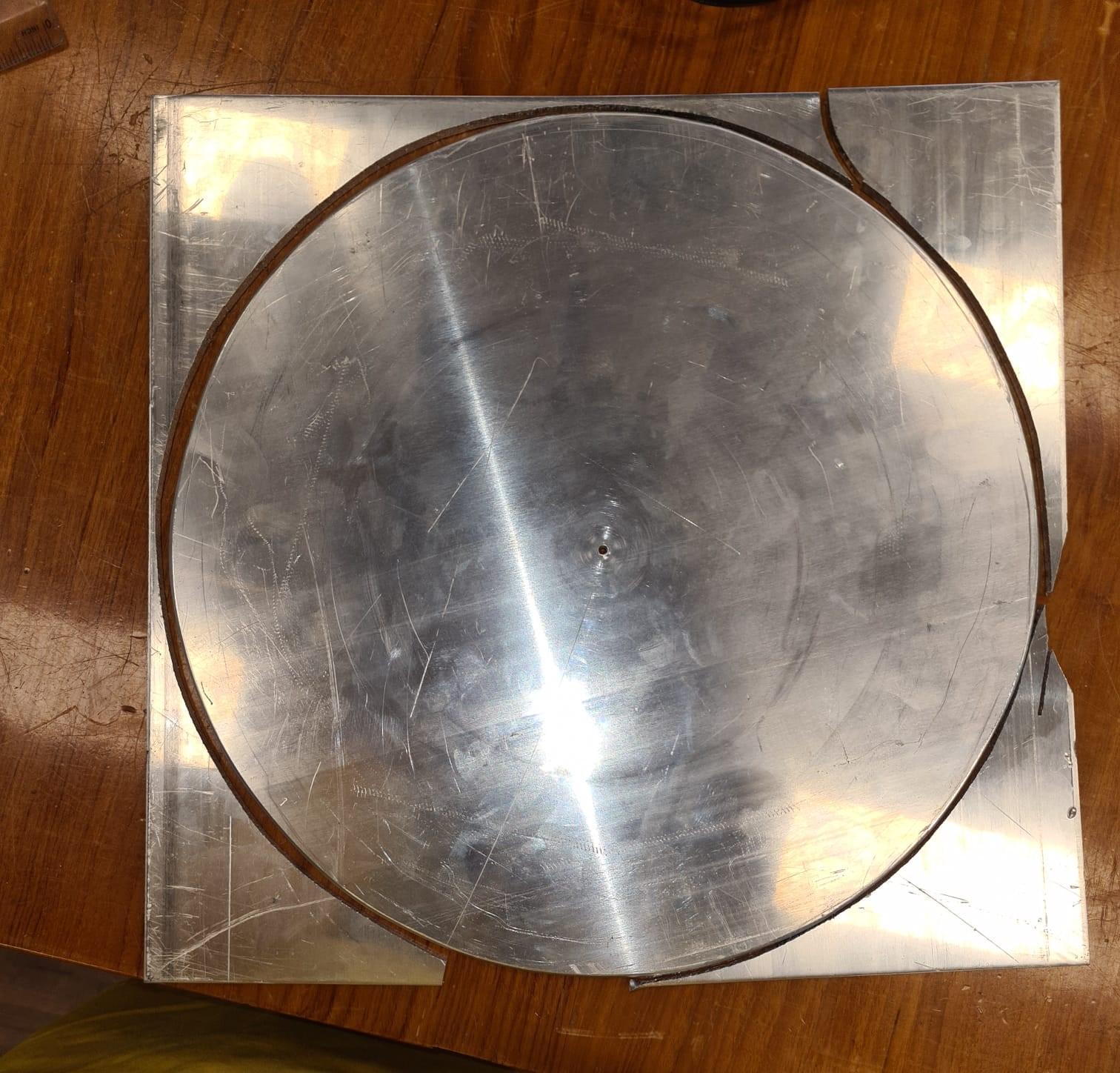
Use a jig saw to saw a circle with a diameter of 35cm in the aluminium sheet. After that, make sure to sand down the sharp edges of the sheet. Now drill a 8mm hole in the center of the disk.
Mount the Disk to the Axle
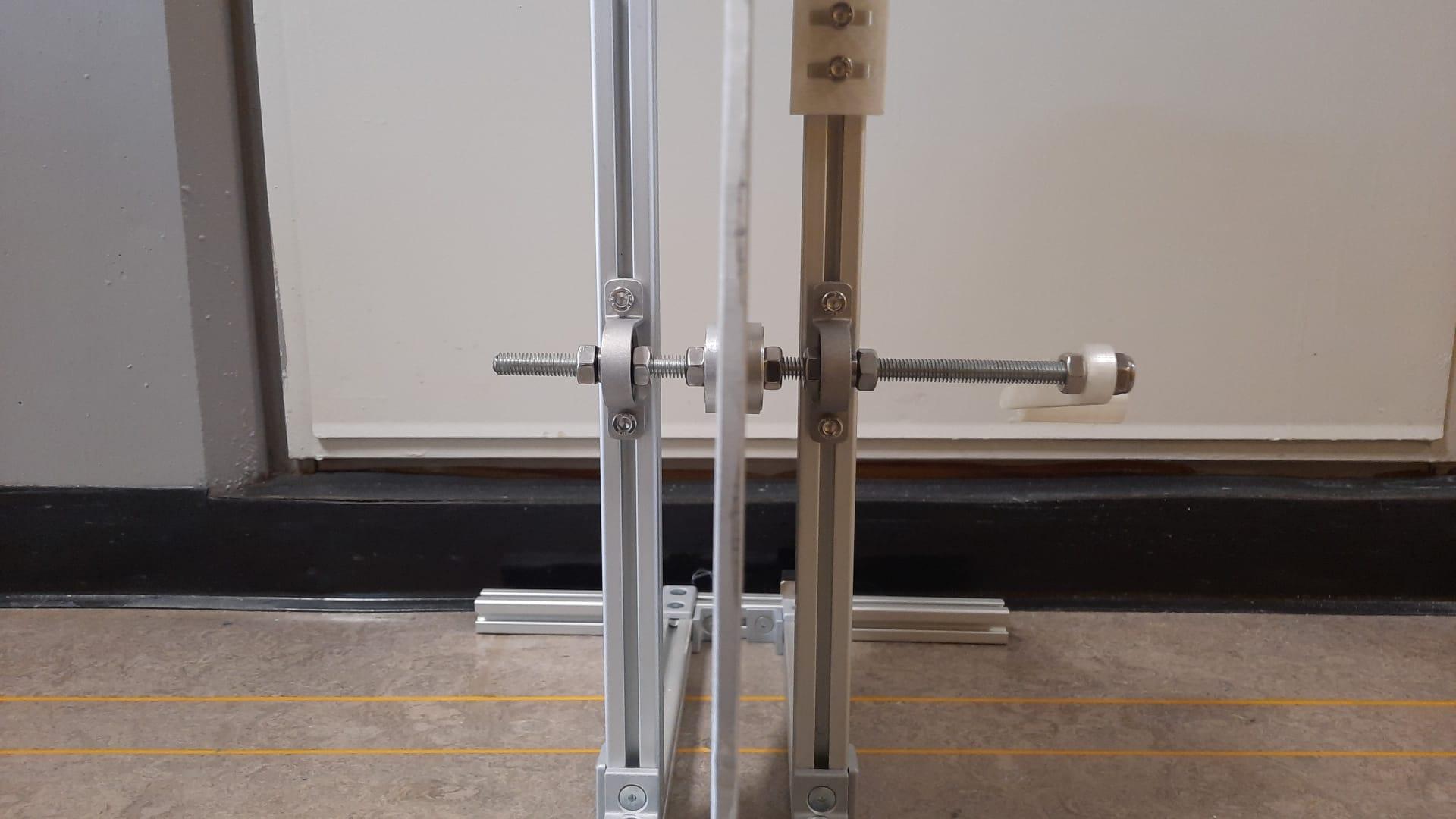

To attach the disk to the M8 threaded axle mount it with M8 nuts on both sides. Optionally you could make two aluminium pieces to make sure the disk is aligned with the axle properly.
Mount the Axle to the Frame
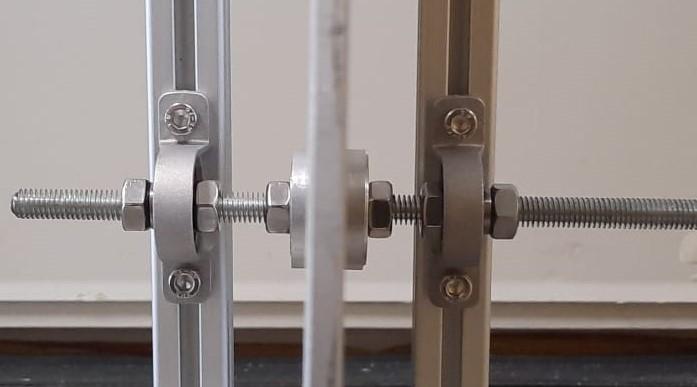

To mount the axle with the disk to the frame, place two M8 nuts on both sides of the axle. Then place the KP08 ball bearings on each side. Now place an M8 nut on both sides to secure the bearings to the axle. After that the bearings with the axle can be mounted to the aluminium frame with 4x M6 screws and 4x T-nuts. While attaching the axle with the disk, make sure it is not touching anything on the bottom, it should be able to spin freely.
Mount the Magnets on the Wheel
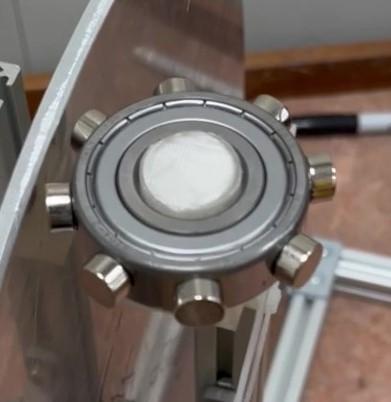
As a base for the wheel with the magnets we used a large ball bearing. This way the magnets simply stick to the ball bearing. Place the eight magnets evenly around the ball bearing with alternating polarities, e.g. if you place the first magnet with it's south pole on the bearing, the magnet next to it should be placed with it's south pole facing away from the ball bearing.
Attach the Magnet Wheel to the Frame
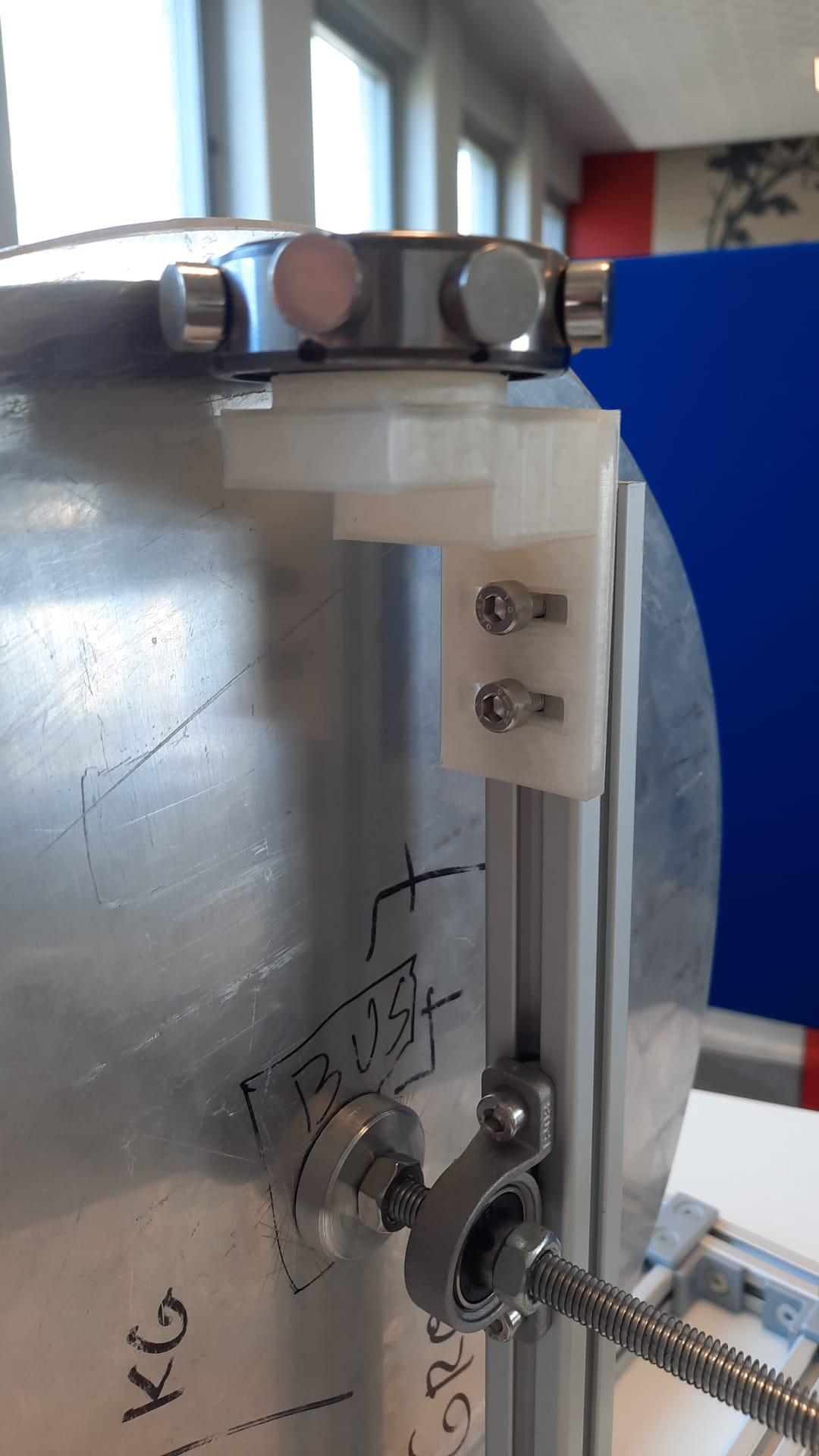
In this step the ball bearing with the magnets can be put on the 3D printed mounting bracket. The friction between the bracket and the bearing should be enough to keep it in place. Now the bracket with the ball bearing can be mounted to the frame with two M6 screws and T-nuts. The slots in the bracket can be used to adjust the gap between the magnets and the disk. Try to keep this gap as small as possible without having the magnets touch the disk.
Attach the Crank to the Axle
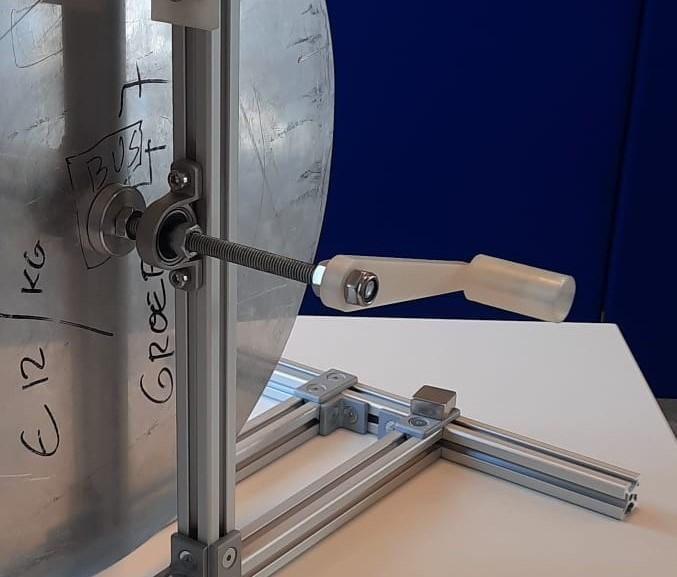
In order to attach the crank to the axle, place an M8 nut on the axle, after which you can place the crank on the axle. Now secure it in place by placing another M8 nut on the axle.